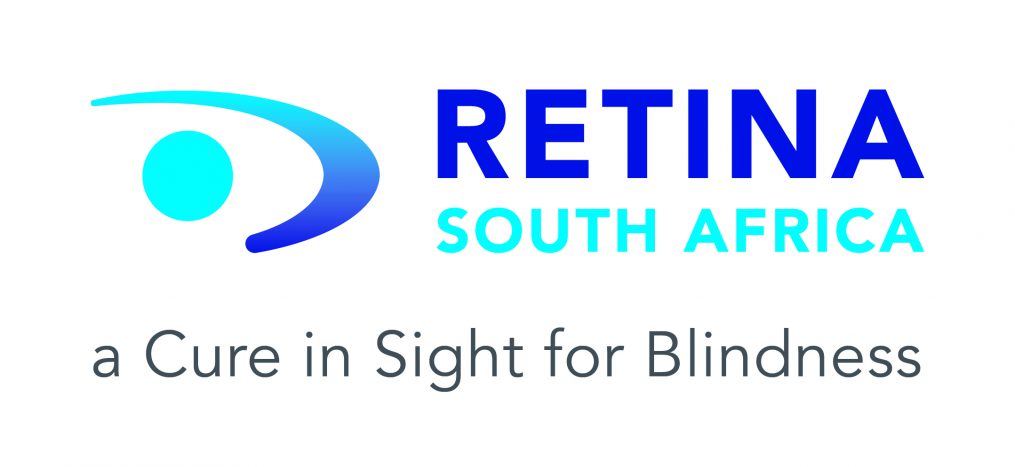
An estimated 290 0001 South Africans could become blind as a result of untreated cataracts, with government facilities in most provinces unable to meet the demand for eyesight-saving surgery and waiting lists stretching well over a year.
The Right to Sight Trust, the philanthropic arm of the Opthalmological Society of South Africa (OSSA), has contributed more than R50-million in servcies over the past three years to vision-restoring operations, but has now run out of funds to cover the cost of vital surgical consumables, like intraocular lens (IOL) implants that restore vision.
Right to Sight Trust chairperson Dr Bayanda Mbambisa says that although they have been able to assist in improving access to high quality eyecare for those in need through the Second Sight Project, the organisation will struggle to accomplish its goals of ending preventable blindness in the target year of 2020.
The Right to Sight Trust and the Second Sight project, and its forerunner Eyecare 2000, are OSSA’s response to the World Health Organisation’s (WHO) call for all countries globally to eliminate avoidable blindness by 2020. The Second Sight Project enables cataract sufferers from low-income households who are unable to afford private medical care and have been on a public hospital waiting list for over a year to access sponsored cataract surgery.
“Our initiative partners with the private and public sectors in realising the WHO’s Vision 2020 ask. In the past three years, we have helped 2 071 people in South Africa. Based on a conservative estimate that one cataract sufferer impacts the lives of six people, over 12,400 individuals have benefited indirectly through this partnership that restores patients’ independence along with their sight.
“Yet, as we enter 2020, the target year set by WHO, funds are dwindling. It’s devastating that the project is once more struggling to accomplish its mission,” she said.
Mbambisa said South Africa’s national cataract surgery rate lags far behind international norms, even for developing countries, with the number of surgeries performed declining since the mid-2000s as government focus and funding shifted towards higher priority medical conditions.
Second Sight’s partnership approach includes ophthalmologists in private practice, and their anaesthetist colleagues, who donate their time and skills; private hospitals providing theatre time, and funding partners and sponsors that provide intraocular lenses (IOLs) and consumables for cataract surgery.
Ophthalmologists who perform pro-bono surgeries are reimbursed for consumables used during the surgeries. In the annual Eye Care Awareness Week in October, medical device companies and other sponsors give ophthalmologists access to IOLs and other consumables.

Mbambisa said that in 2019, five medical device companies and three financial donors partnered on the project, with 85 ophthalmologists performing regular monthly surgeries as well as during Eye Care Awareness Week.
“In 2019 alone we helped 646 people regain their sight,” says Mbambisa.
“Whilst the bulk of the cost for the surgeries are borne by ophthalmologists and hospitals that provide free time and theatre space, there is an urgent need for funding to cover the consumables that are essential to surgery. Funding is the only obstacle that stands between this highly effective partnership model and our ability to provide sight saving surgeries.
“Every donation restores the sight and dignity of one patient and filters down to a better quality of life for family members and friends who have been caring for the blind or partially sighted individual – with significant positive impact on the economic and social health of families and communities. We urge those in a position to assist financially, to support us in caring for those who have no other means.”
To find out how corporates can support the Second Sight Project, contact Cindy Buské, National OSSA Right to Sight Operations Manager at cindy@righttosight.org or 082 600 5970.
RESEARCH REFERENCE
- IAPB Vision Atlas http://atlas.iapb.org/global-action-plan/gap-implementation/








